10 Best Herbal Lotions For Open Wounds

Herbal lotions for open wounds are natural remedies that combine plant-based ingredients with soothing and healing properties to promote tissue repair and reduce infection risk.
These lotions often contain herbs like aloe vera, calendula, and chamomile, which are known for their anti-inflammatory, antimicrobial, and moisturizing effects. They can help alleviate pain, reduce swelling, and accelerate the healing process by supporting the body's natural regenerative mechanisms. However, it is important to consult a healthcare professional before using herbal lotions on deep or infected wounds to ensure safety and effectiveness.
While they may be beneficial for minor abrasions and cuts, they should not replace medical treatment for severe injuries.
FREE Herb Drying Checklist
How to make sure every batch retains maximum flavor, color, and aroma without the risk of mold or over-drying. Eliminate guesswork and trial-and-error, making herb drying faster, easier, and more efficient every time.
Table of Contents
1. Calendula officinalis
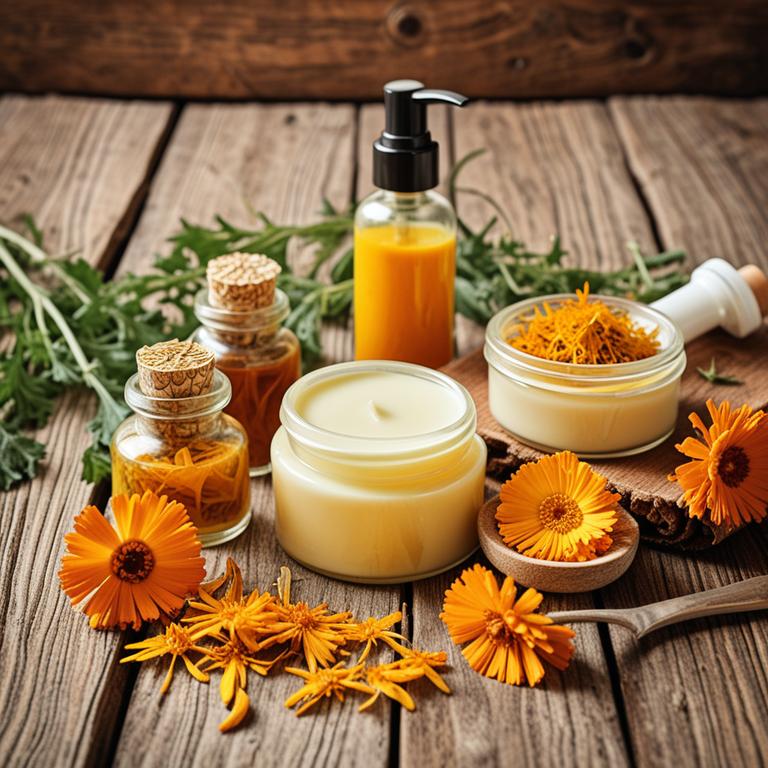
Calendula officinalis herbal lotions are commonly used for their soothing and anti-inflammatory properties, making them beneficial for treating open wounds.
These lotions contain extracts from the calendula flower, which have been shown to promote healing and reduce infection risk. They help to cleanse the wound area, prevent scarring, and provide a protective barrier against further irritation. Calendula is also known for its ability to stimulate tissue regeneration, which can accelerate the recovery process.
Due to their natural and gentle formulation, calendula lotions are often recommended for individuals seeking a non-chemical alternative for wound care.
2. Hypericum perforatum
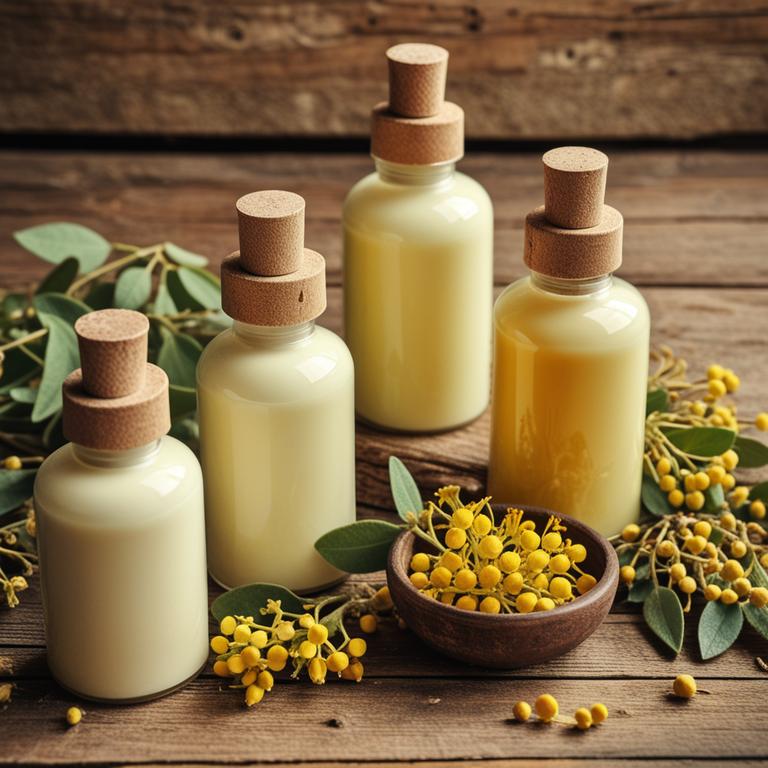
Hypericum perforatum, commonly known as St. John's Wort, is traditionally used in herbal lotions for its potential wound-healing properties.
These lotions are often applied topically to open wounds to promote tissue repair and reduce inflammation. The active compounds in Hypericum perforatum, such as hypericin and flavonoids, are believed to have antimicrobial and antioxidant effects that support the healing process. However, it is important to note that while some studies suggest benefits, there is limited clinical evidence supporting its efficacy for open wounds.
As with any herbal treatment, it is advisable to consult a healthcare professional before use, especially if there is a risk of infection or if the wound is severe.
3. Aloe barbadensis
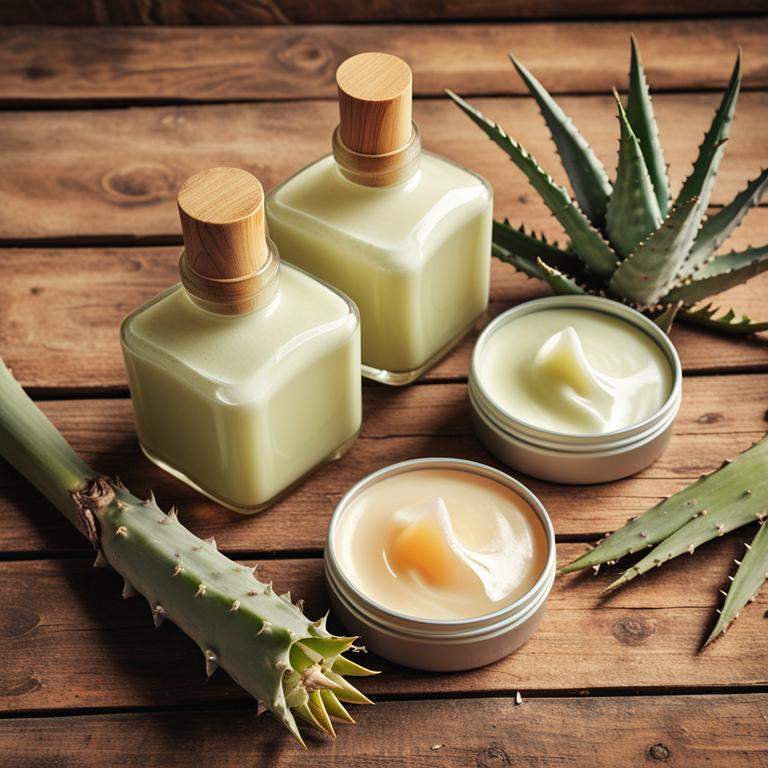
Aloe barbadensis, commonly known as aloe vera, is widely recognized for its soothing and healing properties, making it a popular ingredient in herbal lotions designed for open wounds.
These lotions often contain a concentrated form of aloe gel, which can help reduce inflammation, promote tissue repair, and provide a protective barrier against infection. The anti-inflammatory and antimicrobial properties of aloe vera make it effective in accelerating the healing process and minimizing scarring. When applied to open wounds, aloe-based lotions can help alleviate pain and discomfort while keeping the affected area moisturized and clean.
However, it is important to consult a healthcare professional before using aloe lotions on severe or deep wounds to ensure proper treatment and avoid potential complications.
4. Echinacea purpurea
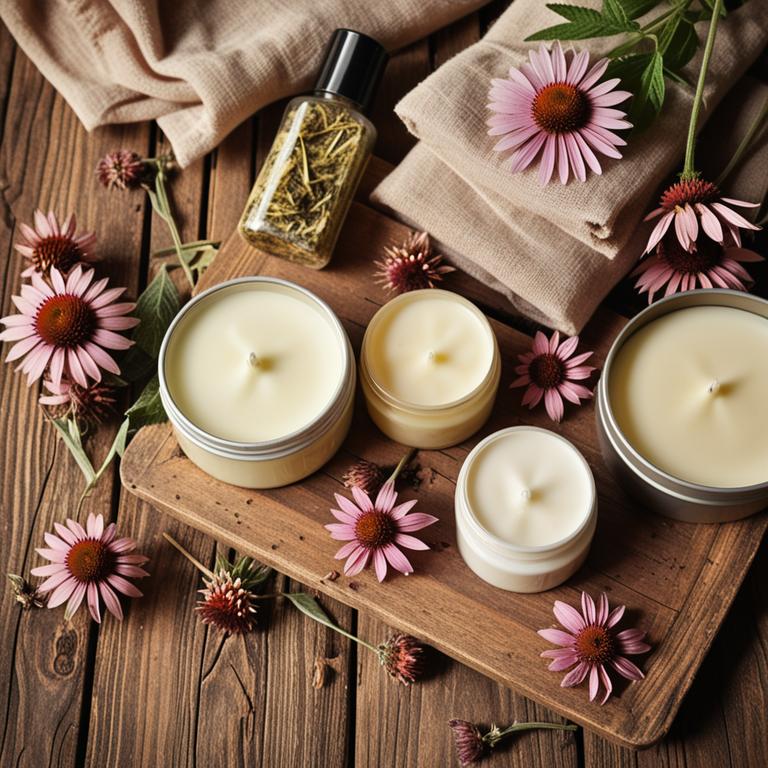
Echinacea purpurea herbal lotions are traditionally used for their potential anti-inflammatory and antimicrobial properties, which may support the healing of open wounds.
These lotions often contain extracts from the purple coneflower, which is believed to boost the immune system and reduce infection risk. While some studies suggest that echinacea may help with wound healing, its effectiveness for open wounds remains inconclusive and should not replace professional medical care. When applied to open wounds, echinacea-based products may provide soothing relief and promote tissue repair, but they should be used with caution to avoid irritation.
It is important to consult a healthcare provider before using any herbal lotion on wounds, especially if there is a risk of infection or underlying health conditions.
5. Rosa canina
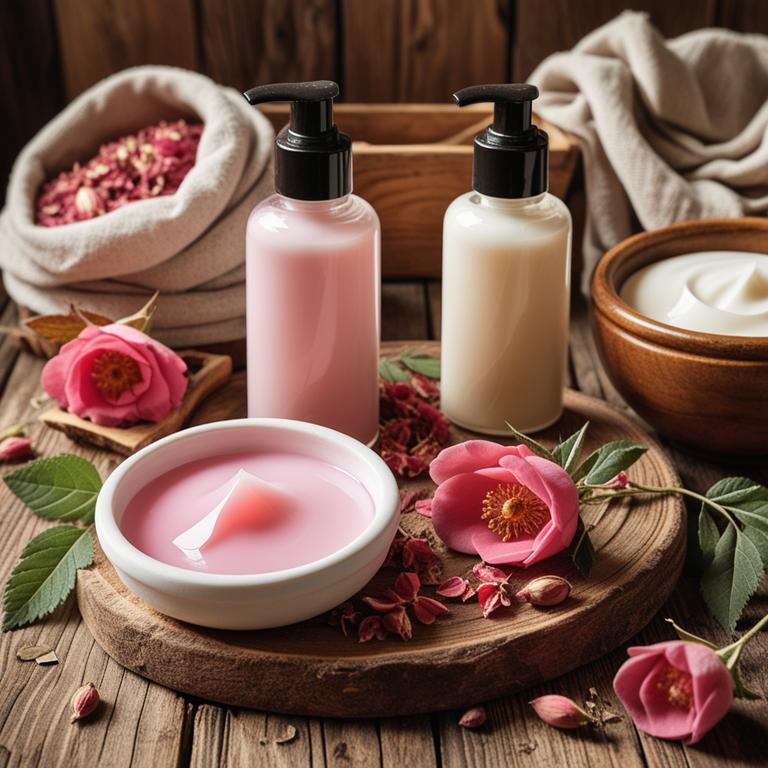
Rosa canina, also known as rosehip, is a traditional herbal remedy that has been used for centuries to promote skin healing and regeneration.
Rosa canina herbal lotions are formulated with the essential oils and extracts of rosehips, which are rich in vitamins, antioxidants, and essential fatty acids. These lotions are often recommended for use on open wounds due to their ability to reduce inflammation, support tissue repair, and prevent infection. The anti-inflammatory and antimicrobial properties of rosehip oil help to soothe the skin and accelerate the healing process.
Regular application of rosa canina herbal lotion can improve the appearance of scars and promote healthier, more resilient skin.
6. Symphytum officinale
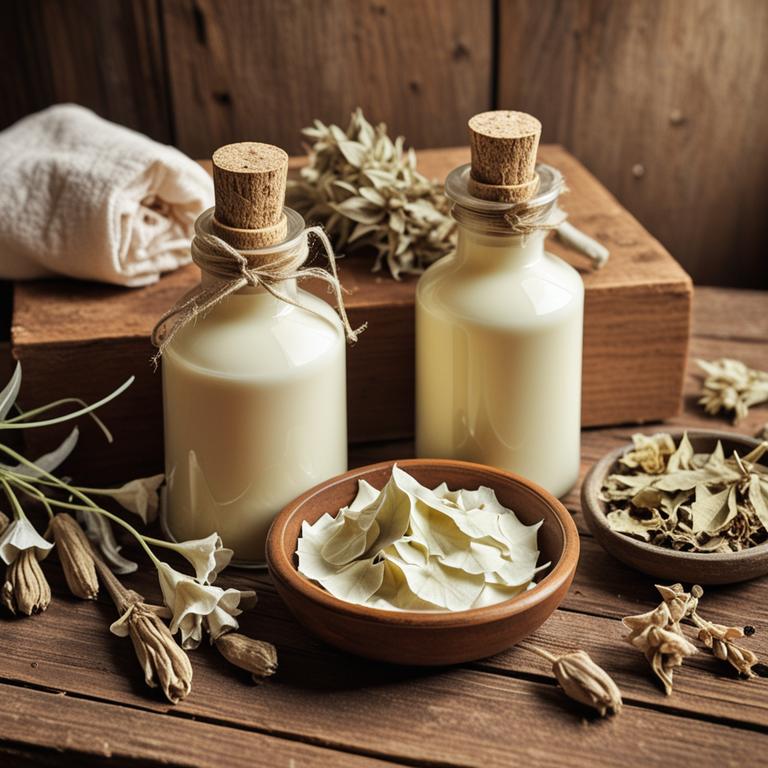
Symphytum officinale, commonly known as comfrey, is a herbal plant traditionally used to prepare lotions for the treatment of open wounds.
These lotions are believed to promote tissue regeneration and accelerate the healing process due to the presence of allantoin and mucilage, which have soothing and anti-inflammatory properties. However, it is important to note that comfrey contains pyrrolizidine alkaloids, which can be toxic to the liver if used internally or for prolonged periods on broken skin. Therefore, while some practitioners recommend its external use for minor wounds, caution is advised, and it should not be used on deep or infected wounds.
Always consult a healthcare professional before using comfrey-based lotions for wound care.
7. Sutherlandia frutescens
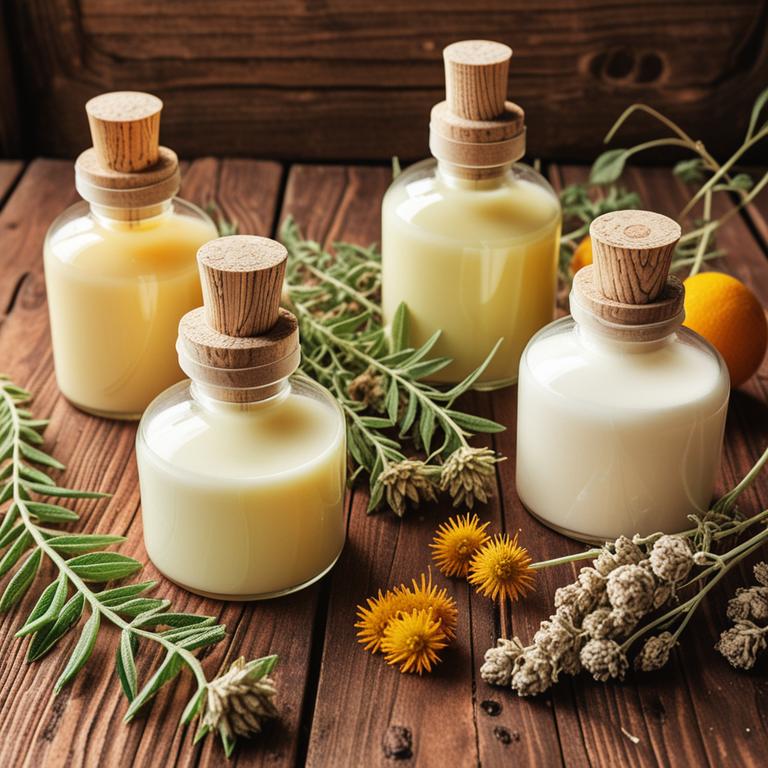
Sutherlandia frutescens, commonly known as cancer bush, is a traditional South African herbal remedy that has been used for centuries to support healing in various health conditions.
Herbal lotions made from Sutherlandia frutescens are often applied topically to open wounds to promote tissue repair and reduce inflammation. These lotions are believed to contain bioactive compounds that may help in preventing infection and accelerating the healing process. While some studies suggest potential anti-inflammatory and immunomodulatory properties, more clinical research is needed to fully understand their efficacy and safety for wound care.
As with any herbal treatment, it is important to consult a healthcare professional before using Sutherlandia frutescens on open wounds to ensure proper application and avoid potential interactions.
8. Chamomilla recutita
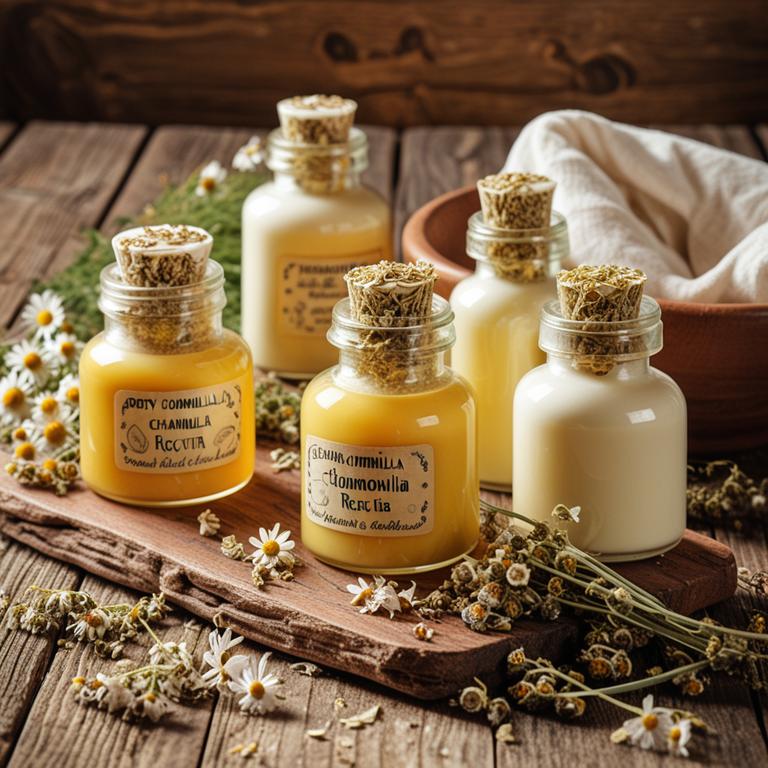
Chamomilla recutita herbal lotions are commonly used for their soothing and anti-inflammatory properties, which can aid in the healing process of open wounds.
These lotions contain active compounds like bisabolol and chamazulene, which have been shown to reduce redness, swelling, and irritation. When applied topically, they may help prevent infection and promote tissue regeneration by creating a protective barrier over the wound. However, it is important to note that while chamomilla recutita is generally safe for most skin types, individuals with allergies to plants in the Asteraceae family should avoid its use.
As with any herbal treatment, it is advisable to consult a healthcare professional before applying chamomilla recutita lotions to open wounds, especially if there is a risk of infection or if the wound is severe.
9. Lavandula angustifolia
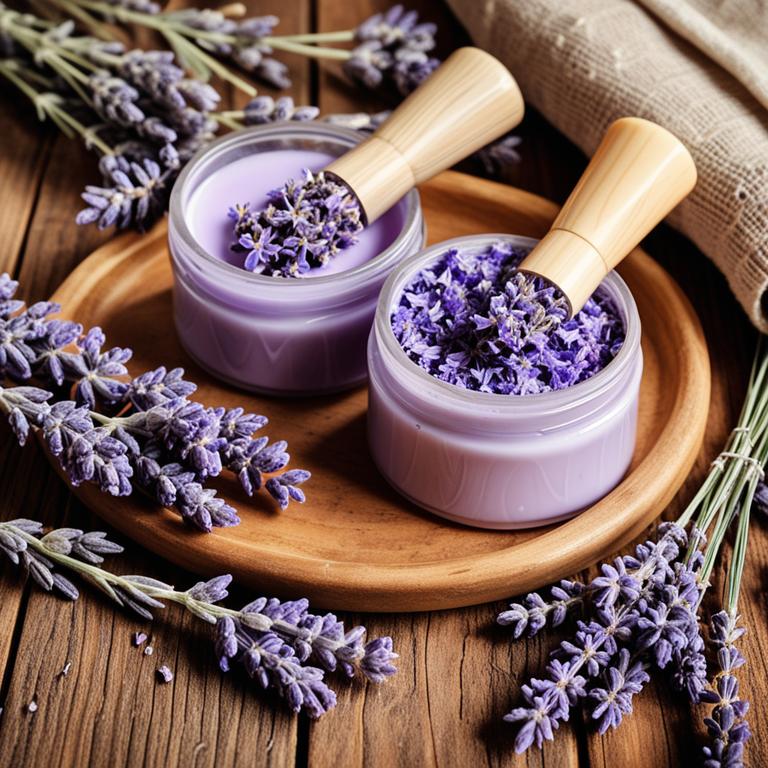
Lavandula angustifolia, commonly known as English lavender, is often used in herbal lotions for its soothing and antiseptic properties.
These lotions are particularly beneficial for open wounds due to their ability to reduce inflammation and promote tissue repair. The essential oils in lavender have been shown to possess antimicrobial qualities that help prevent infection in healing wounds. Additionally, the calming scent of lavender can help ease the stress and discomfort associated with wound care.
When applied topically, lavender herbal lotions offer a natural and effective option for supporting the healing process of minor to moderate open wounds.
10. Urtica dioica
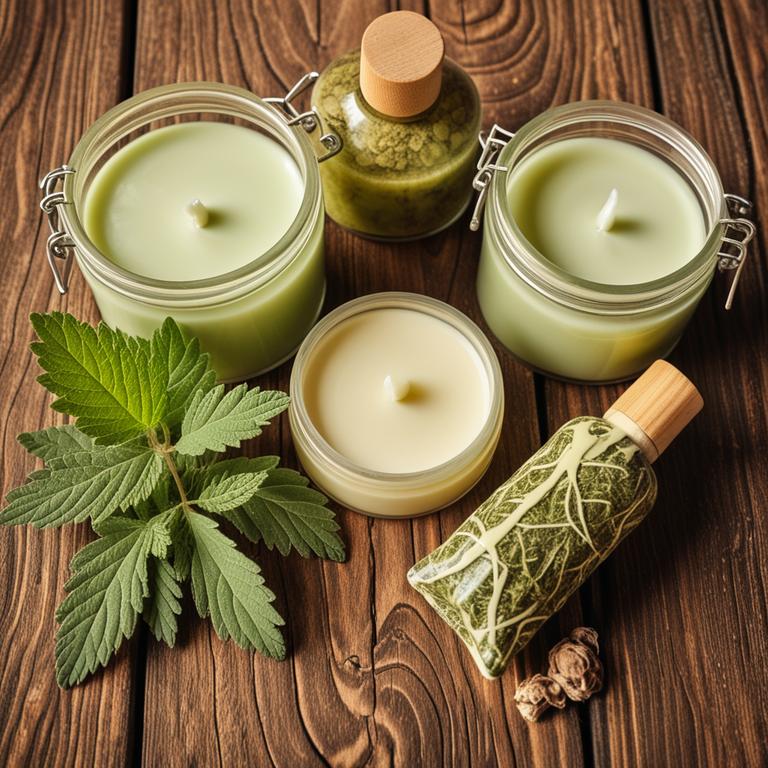
Urtica dioica, commonly known as stinging nettle, has been traditionally used in herbal medicine for its anti-inflammatory and astringent properties.
When formulated into a lotion, it can be applied to open wounds to help reduce swelling and promote healing. The active compounds in stinging nettle, such as histamine and formic acid, may initially cause a tingling sensation but can aid in cleansing the wound and preventing infection. However, it is important to dilute the extract properly to avoid irritation, as undiluted formulations can be too potent.
While some people find it beneficial for wound care, it is recommended to consult a healthcare professional before using stinging nettle lotion on open wounds, especially if there is a risk of infection or if the individual has sensitive skin.